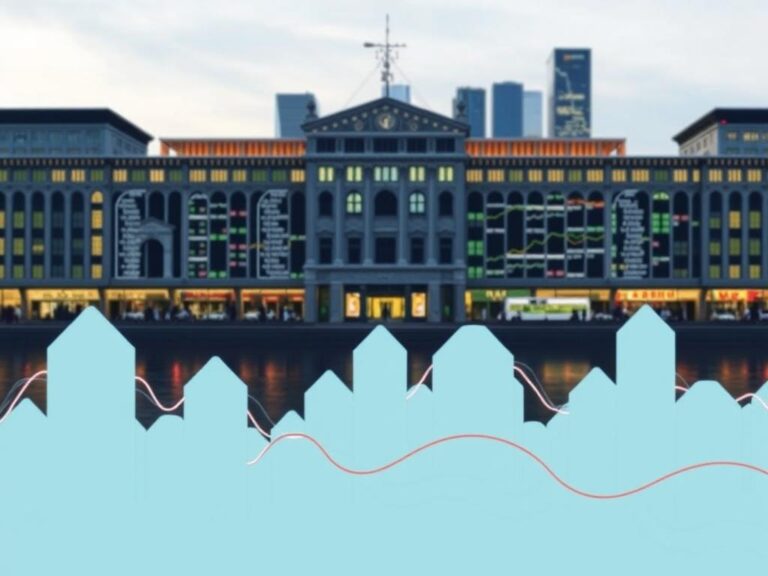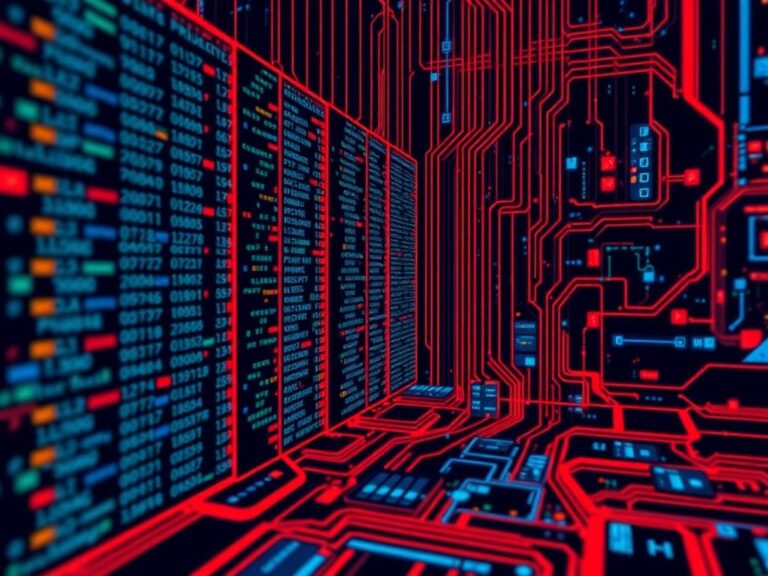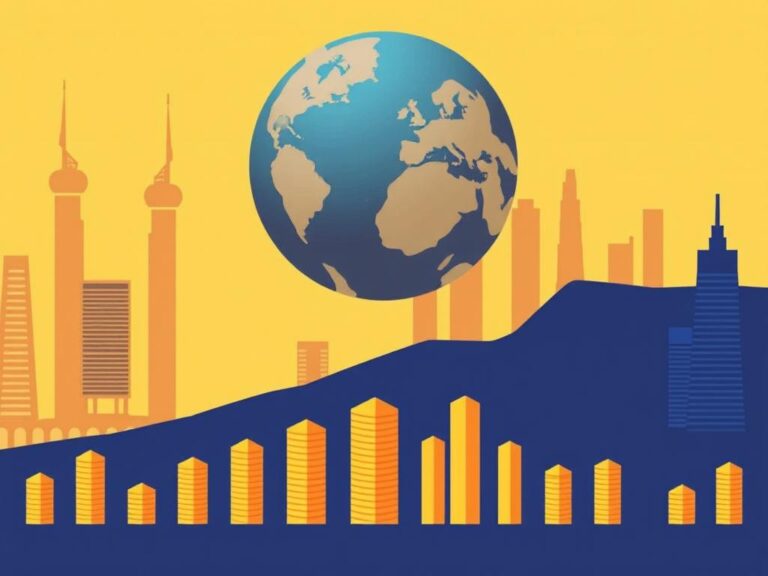Physical Capital: Understanding Machinery, Infrastructure, and Production
Physical capital plays a vital role in shaping the way economies grow and how businesses operate. When we talk about physical capital, we’re referring to the tangible assets that contribute directly to production, such as machinery, buildings, tools, and infrastructure. These assets are crucial because they form the foundation upon which goods and services are produced, making them indispensable in the world of economics and business. Whether it’s a factory’s machines humming on the assembly line or the roads and bridges that connect markets, physical capital enables productive processes to happen smoothly.
At its core, physical capital encompasses all man-made resources used in the creation of goods and services. Machinery, one of the most prominent examples, is essentially the set of tools and equipment that assist in production. Think of a car manufacturing plant filled with robotic arms or a bakery using modern ovens to bake bread efficiently—these examples illustrate the importance of machinery as physical capital. Meanwhile, infrastructure broadly refers to the systems and structures necessary for economic activity, like transportation networks, utilities, and communication systems. Without these, production would stall, markets would be disconnected, and economies would struggle to thrive.
The Role of Machinery in Production
Machinery serves as a cornerstone of physical capital because it increases productivity and efficiency. With the right machines, tasks that once took hours or even days can be completed in minutes with more precision. This shift not only boosts output but also often improves quality. For example, in agriculture, modern machinery like tractors and harvesters have revolutionized farming, enabling farmers to cultivate larger areas in less time. Similarly, in manufacturing, CNC machines and automated assembly lines reduce the need for manual labor while increasing speed and accuracy. Thus, machinery directly contributes to the creation of goods by transforming raw materials or components into finished products.
Investing in machinery can be expensive, but businesses see it as a critical step toward scaling up production. Over time, such investments pay off, as machinery typically has a long lifespan and can perform repetitive tasks more reliably than human labor alone. There is also an ongoing need for maintenance and upgrades to ensure these machines operate efficiently. Companies that innovate by acquiring advanced machinery often gain a competitive advantage by reducing costs and improving product quality, reinforcing the idea that machinery is an indispensable part of physical capital.
Infrastructure: The Backbone of Production

While machinery works at the micro level, infrastructure provides the macro framework necessary for economic activities to flourish. Infrastructure constitutes physical structures like roads, bridges, railways, airports, ports, power stations, water supply systems, and telecommunications networks. These elements play a critical role in production by facilitating the movement of raw materials, goods, services, and labor.
Imagine a factory located far from any road—transporting finished products to markets would be difficult and costly, limiting the factory’s production potential. Similarly, without reliable electricity (another form of infrastructure), machines and equipment cannot run effectively. Infrastructure not only supports direct production processes but also enhances connectivity in the economy, enabling faster communication and coordination among various sectors.
Types of Infrastructure Vital to Production
To understand the significance of infrastructure better, here is a simple breakdown of the main types relevant to production:
| Type of Infrastructure | Purpose | Examples |
|---|---|---|
| Transportation | Enables movement of goods and people | Roads, railways, ports, airports |
| Energy Supply | Provides power for machinery and facilities | Power plants, electrical grids, renewable energy systems |
| Water and Sewage | Supports industrial processes and sanitation | Water treatment plants, pipelines, drainage systems |
| Communication Networks | Facilitates information exchange and coordination | Internet infrastructure, telephone networks, data centers |
Companies and governments alike often collaborate to build and maintain this crucial infrastructure. Without it, machinery and other physical capital cannot function to their full potential. Hence, infrastructure is rightly viewed as the backbone of production.
Physical Capital and Its Influence on Production Efficiency
The combination of machinery, infrastructure, and other physical capital enhances production efficiency in multiple ways. Efficiency in production means using fewer inputs—like raw material, labor, and time—to create the same or greater output. Machines enable faster and more precise operations; infrastructure ensures that materials and workers reach their destinations promptly; together, these elements reduce bottlenecks and waste.
Businesses constantly strive to improve efficiency because doing so translates into better profitability and competitiveness. For example, a company that invests in newer machines and benefits from good infrastructure will likely outperform rivals stuck with outdated equipment and poor transport links. Physical capital also plays an essential role when businesses scale. As firms grow, the need for robust physical capital increases, making it a critical driver of economic expansion overall.
How Investments in Physical Capital Affect Production
Here is a practical list of the impacts investments in physical capital typically have on production:
- Increased Output: More or better machines speed up production processes.
- Improved Quality: Advanced machinery reduces errors and defects.
- Reduced Labor Cost: Automation can replace repetitive manual tasks.
- Faster Delivery: Good infrastructure means quicker transport of products.
- Operational Reliability: Properly maintained physical capital decreases downtime.
- Flexibility: Modern machinery often allows quick changes to adapt production lines.
This list underscores how indispensable physical capital is when businesses aim to optimize their production processes and remain viable in competitive markets.
Challenges and Considerations in Managing Physical Capital
While physical capital is essential, managing it comes with challenges. Starting with the cost, acquiring machinery or investing in infrastructure is often capital-intensive. Businesses need to balance upfront expenses with expected long-term gains, making smart choices about what and when to invest. Additionally, physical capital depreciates over time. Machines wear out, infrastructure can degrade, and technology becomes obsolete. This depreciation requires continuous reinvestment and maintenance plans.
Another important consideration is the rapid pace of technological change. Advances in machinery and infrastructure mean that what is state-of-the-art today might become outdated tomorrow. Staying current requires businesses to monitor industry trends and be willing to upgrade or replace assets efficiently. Moreover, proper training for workers to use new machinery and systems is critical for maximizing benefits, as physical capital alone does not guarantee increased production unless used effectively.
Balancing Physical Capital with Other Resources
Physical capital does not work in isolation. It complements human capital—the skills and know-how of workers—and financial capital, which funds acquisitions and expansions. This balance is necessary for a well-rounded production system. For instance, a highly automated factory still needs skilled workers to program and maintain the machines, while adequate funding ensures smooth procurement and upgrades.
Future Trends in Physical Capital

Looking ahead, the role of physical capital in production is evolving with technological innovation. Concepts like smart factories, Industry 4.0, and the Internet of Things (IoT) are transforming traditional machinery into interconnected, intelligent systems. These smart machines can self-monitor, adjust automatically, and communicate with each other to optimize workflows. Likewise, infrastructure is getting smarter with innovations in digital connectivity, renewable energy integration, and automated logistics.
Businesses and governments investing in these cutting-edge physical capital elements are expected to gain a strong competitive edge in production efficiency. At the same time, sustainable physical capital solutions that minimize environmental impact are becoming increasingly important. In summary, the future of physical capital promises to be dynamic and integral to economic growth.
Conclusion
Physical capital—machinery, infrastructure, and other tangible assets—forms the backbone of production in any economy. It increases productivity, improves efficiency, and supports economic growth by enabling goods and services to be produced more quickly, cheaply, and at higher quality. Despite the challenges of cost, maintenance, and technological change, investing wisely in physical capital is essential for businesses to remain competitive and scale their operations. As the world moves toward smarter, more connected forms of machinery and infrastructure, the importance of physical capital will only grow, shaping the future of production and development globally. Understanding these concepts gives us a clear view of how economies function and why physical capital remains a crucial engine of progress.







